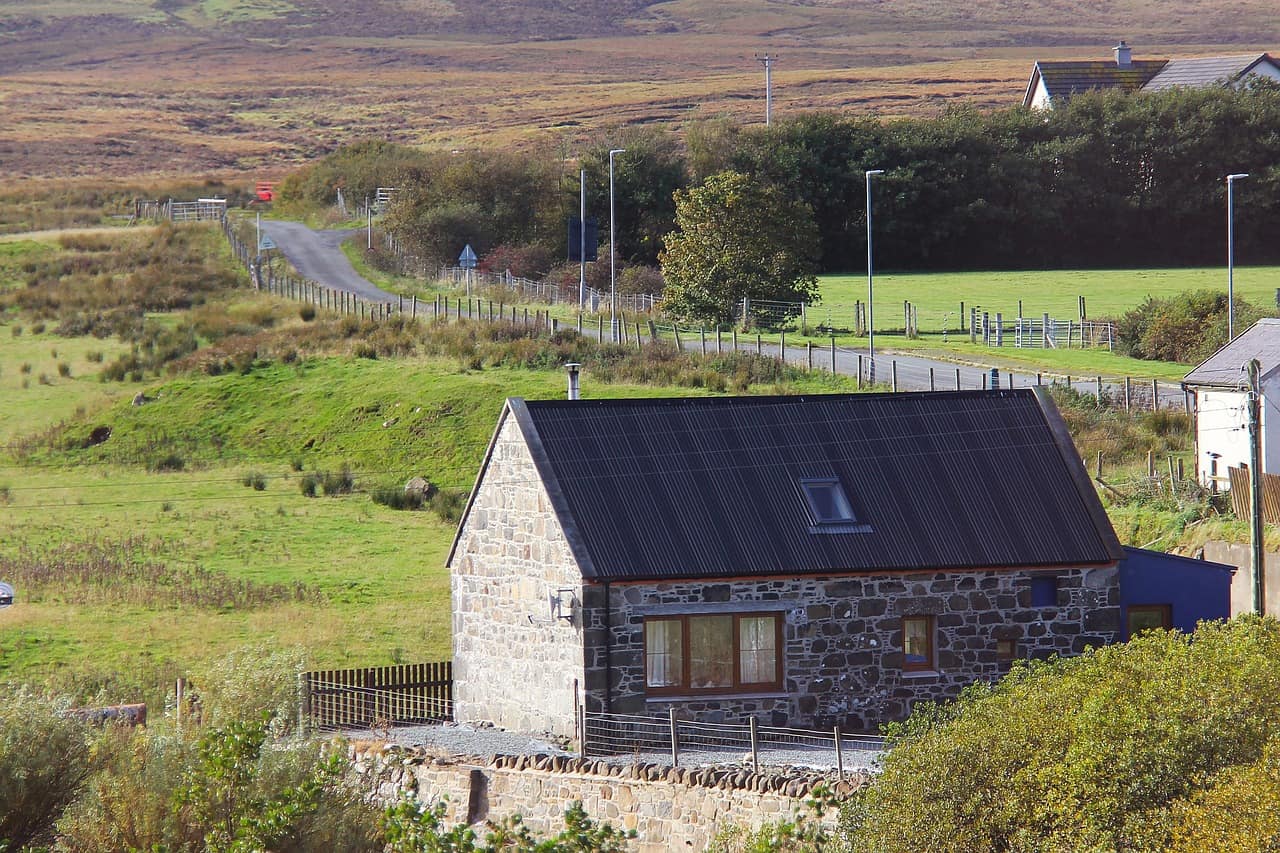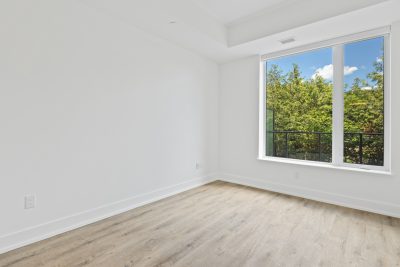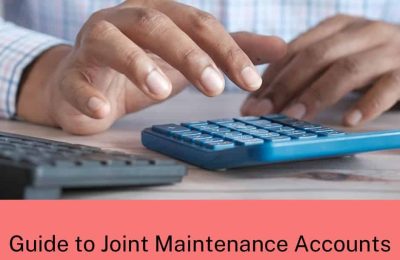Scottish councils will soon have additional powers to raise funds by doubling the amount of council tax second homeowners pay, but Propertymark has questioned the effectiveness of this proposal and the Scottish Government’s use of existing taxes collecting from property transactions to help solve the country’s housing crisis.
This is partly due to the fact that there may actually be fewer second homes for the Scottish Government to tax because according to the Scottish Government’s own figures, since 2012, the number of second homes across Scotland has dropped from 40,599 to 24,287.
Under the new rules, from April 2024, second homes will be brought into line with long-term empty homes. This is part of the Scottish Government’s plan to persuade more homes to be used for living. Prior to this legislation becoming law, second homes benefitted from a 50 per cent discount on council tax.
There will be a six-month grace period for new owners of properties that have previously been empty for more than a year. This could be extended by councils, though.
Some local councils, such as Perth and Kinross Council, have already approved a one hundred per cent council tax increase on second homes as they look to boost their revenue next year.
Propertymark’s Head of Policy and Campaigns, Timothy Douglas, gave evidence to the Scottish Parliament’s Local Government, Housing and Planning Committee on the proposals in November. He stated that the Scottish Government’s desire to increase council tax premiums on second homes will not increase homeownership nor get empty homes back into use.
It’s worth noting that for transactions on or after 16 December 2022, Additional Dwelling Supplement was raised to six per cent of the purchase price of a property. This means that under LBTT, an aspiring buy-to-let landlord or homeowner purchasing an additional property for £185,000 (average house price Scotland) can expect to pay the Scottish Government £11,900 in Land and Buildings Transaction Tax. A purchaser buying as main resident only would pay £800 in LBTT.
Although the variation of council tax for second homes is discretionary, Propertymark questions the use of that six per cent ADS money that the Scottish Government has gained and how it is disseminated to local councils for tackling housing issues in their areas. Propertymark recently surveyed member agents in Scotland on the issue of charging a council tax premium for second homes on top of regular council tax rates, and 75 per cent either disagreed or strongly disagreed with the proposal. When we asked those who disagreed about the impact that the proposals would have, three main things came back. Agents do not think that the policy will increase the sale of second homes or lead to an increase in homeowners. Then there is concern about landlords moving out of the short-term lettings industry and a reduction in demand for buying homes to rent.
As an alternative, there are other measures that councils could be considering, such as leasing schemes for the properties concerned and where second homes are being left for a long time, local authorities should be doing more to engage with the owners. Furthermore, grant funding would be welcome to tackle the problem of empty homes. For instance, the Welsh Government implemented a £50 million grant fund to bring empty homes back into use, and there could be a similar separate fund that first-time buyers could access to do up empty homes and get them back into use. The Scottish Government must do more to research and understand the causes behind second home ownership and what leads to homes being empty in the long-term.











